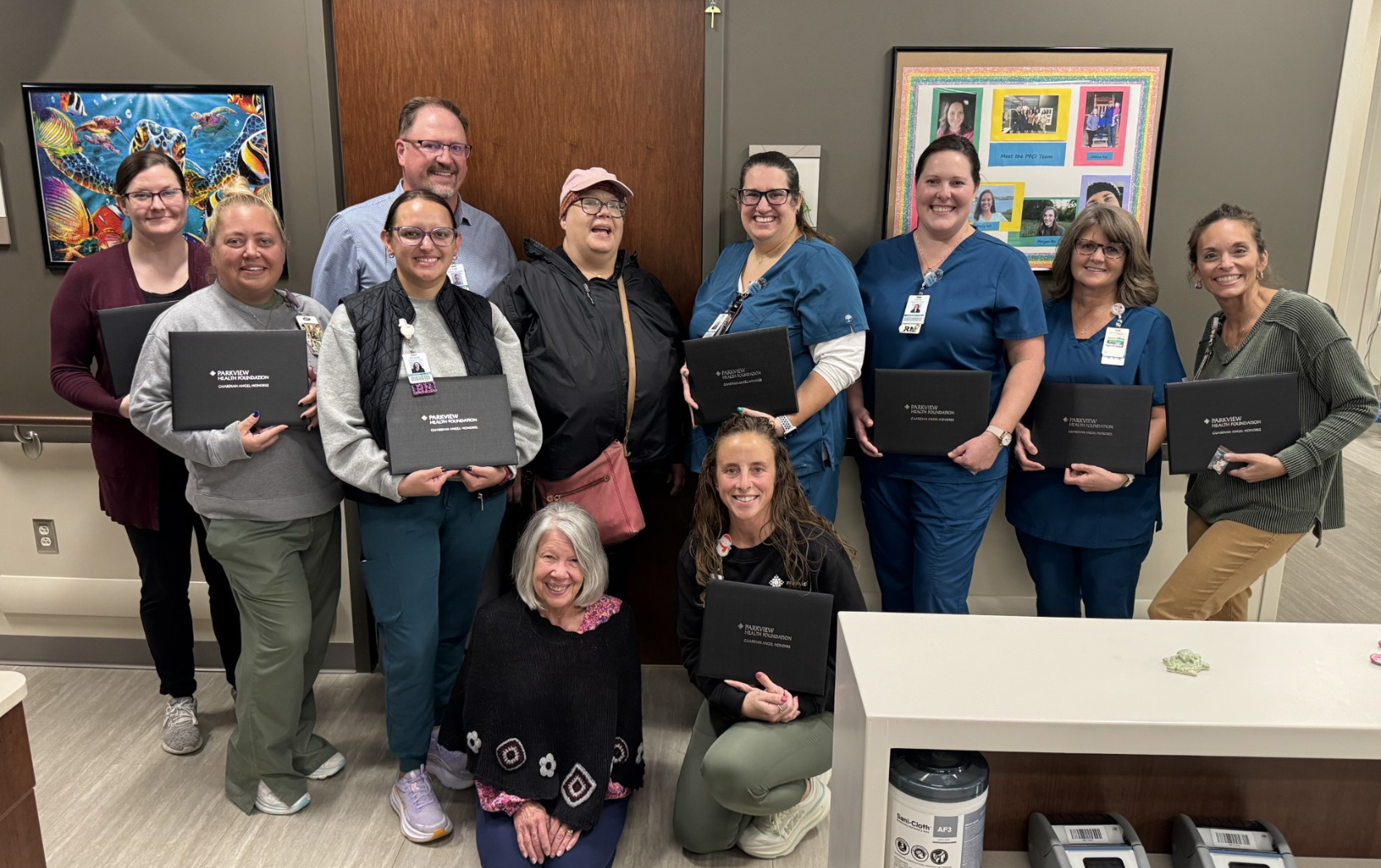Today, on World COPD Day, our respiratory therapists, PPG – Pulmonology and Critical Care, offer this information for those at risk of or suffering from this life-threatening condition.
Most of us have heard of chronic obstructive pulmonary disease (COPD), whether from our physician, on television or from one of our family members, but what is it exactly? Let’s explore a general overview of the disease process, causes and treatment options.
The facts.
According to the National Lung Association, COPD is the third leading cause of death in the United States. More than 11 million people have been diagnosed with COPD, but millions more may have the disease without even knowing it. COPD causes serious long-term disability and even death. At this time there is no cure, and the number of people dying from COPD is growing.
What is COPD?
COPD is characterized by airflow limitation that is poorly reversible. Cumulative, chronic exposure to cigarette smoking is the number one cause of the disease, but repeated exposure to secondhand smoke, air pollution, occupational exposure (to coal, cotton, grain) as well as genetic deficiencies are also important risk factors. COPD is composed of either chronic bronchitis or emphysema or the combination of the two.
Causes.
Cigarette smoking is the primary risk factor of all inhalational exposures. However, only about 15 percent of smokers develop clinically apparent COPD. Long-term exposure to secondhand smoke is also a notable risk factor in the development of COPD. The best-defined causative genetic disorder is Alpha1-antitrypsin deficiency, which is an important cause of emphysema in nonsmokers and influences susceptibility to disease in smokers.
How to get tested?
Your doctor will diagnose COPD based on your signs and symptoms, your medical and family histories and test results. Your doctor may ask whether you smoke or have had contact with lung irritants, such as secondhand smoke, air pollution, chemical fumes or dust. If you have an ongoing cough, let your doctor know how long you've had it, how much you cough, and how much mucus comes up when you cough. Also, let your doctor know whether you have a family history of COPD.
Your physician may order a pulmonary function test. A pulmonary function test measures how much air you can breathe in and out, how fast you can breathe air out, and how well your lungs deliver oxygen to your blood.
Chronic bronchitis.
Chronic bronchitis is referred to as a chronic inflammation of the bronchial tubes. Chronic inflammation plays a major role in the COPD disease process. Smoking and other airway irritants cause neutrophils, T-lymphocytes and other inflammatory cells to accumulate in the airways. Once activated, they trigger an inflammatory response to the site in an attempt to destroy and remove inhaled foreign debris.
Under normal circumstances, the inflammatory response is useful and leads to healing. In fact, without it, the body would never recover from injury. In COPD, repeated exposure to airway irritants perpetuates an ongoing inflammatory response that never seems to shut itself off. Over time, this process causes structural and physiological lung changes that get progressively worse. As inflammation continues, the airways constrict, becoming excessively narrow and swollen. This leads to excess mucus production and poor secretion movement, a combination that makes airway clearance especially difficult. When people with COPD can't clear their secretions, they develop the hallmark symptoms of COPD, including a chronic, productive cough, wheezing and shortness of breath.
Emphysema.
Emphysema involves gradual damage of lung tissue, specifically thinning and destruction of the alveoli or air sac walls where gas exchange takes place. The alveolar walls are destroyed in emphysema, by continuous exposure to cigarette smoke, air pollution and inhaled chemicals. The destruction and loss of elastic recoil of the alveolar walls, makes it progressively difficult to breathe, often times resulting in the use of supplemental oxygen.
Treatment.
Treatment of chronic stable COPD aims to prevent exacerbations and improve lung and physical function through oxygen therapy, smoking cessation, exercise, enhancement of nutrition and pulmonary rehabilitation. Surgical treatment of COPD is indicated for selected patients.
Drug therapy includes inhaled medications for the treatment of COPD. Inhaled Bronchodilators, Corticosteroids, or both are mainstays of COPD management. Bronchodilators relax bronchial smooth muscle and increase mucociliary clearance. Whereas, Corticosteroids reduce airway inflammation, relieve symptoms, and improve short-term pulmonary function in some patients.
If you are concerned about COPD, follow these steps to protect yourself.
|





